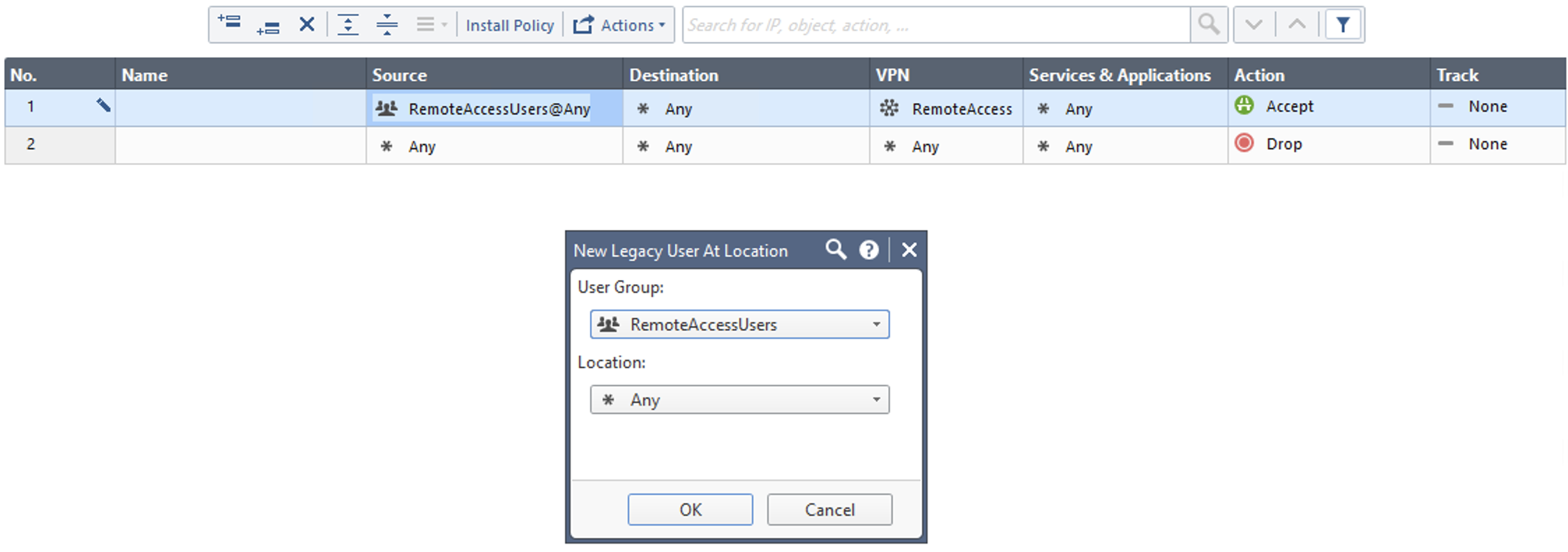

This application communicates with Duo's service on TCP port 443. See the Check Point Support Center for a list of Remote Access solutions that support SSL. This configuration has been tested from a web browser SSL VPN session (with and without SSL Network Extender), the Check Point Mobile Enterprise app, the Check Point Mobile VPN app, and the preinstalled Check Point VPN client in Windows 8.1. Read the enrollment documentation to learn more.

You'll need to create your users in Duo ahead of time using one of our other enrollment methods, like directory sync or CSV import. This configuration doesn't support inline self-service enrollment. Once configured, Duo sends your users an automatic authentication request via Duo Push notification to a mobile device or phone call after successful primary login. This Duo proxy server also acts as a RADIUS server - there's usually no need to deploy a separate additional RADIUS server to use Duo. To integrate Duo with your Check Point Mobile Access VPN, you will need to install a local proxy service on a machine within your network. Please refer to Duo Knowledge Base article 6328 for more information and suggested workarounds. This issue was resolved in version 5.0.2. We recommend that you do not continue with this connection.Įrror details:Do you want to continue(y/n)? yġ29.170.9.There is a known issue Duo Authentication Proxy versions 5.0.0 and 5.0.1 and Check Point RADIUS Authentication.

Warning: The communication with 129.170.9.33 may have been compromised. Please contact the Help Desk for your organization to have the issue rectified. There is a problem with the security certificate, so the identity of 129.170.9.33 cannot be verified. After the Duo authentication completes, you will be connected. After entering your username and password, your default Duo action will be taken, but there will be no prompt telling you that this is happening. You will then be prompted for your username and password. You may be prompted to install the server certificate on your client the first time that you connect. Once you have the client installed, connect by running the command: To do so, click on the link for My Settings & Devices. While you are on that page, you also need to set a default second factor for authentication. If you have not yet enrolled in Duo, you may do so here. You also need to enroll in Duo before your are able to authenticate to the VPN.

Sudo dpkg -i ~/Downloads/GlobalProtect_deb-5.3.2.0-3.deb You will have to install either the downloaded. The client is supported for CentOS, Red Hat Enterprise Linux, and Ubuntu. The GlobalProtect client can be downloaded from the ITC software downloads site here. One standard client that supports connecting to GlobalProtect is the OpenConnect VPN client. Linux users can download and install the GlobalProtect VPN client or choose to use another VPN client that supports IPSEC tunnels.


 0 kommentar(er)
0 kommentar(er)
